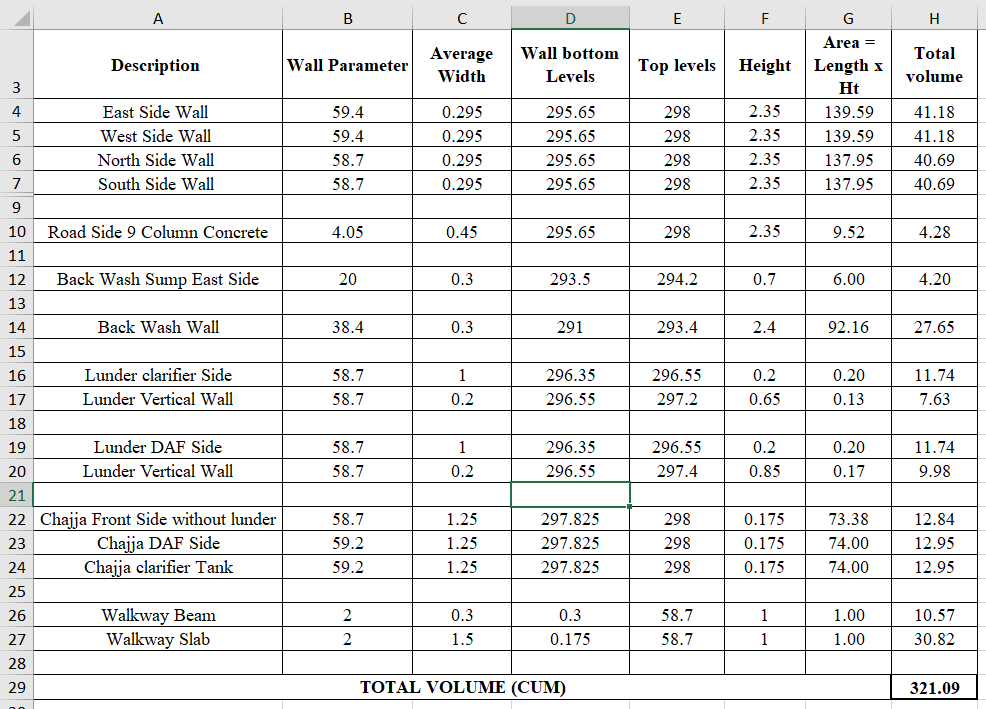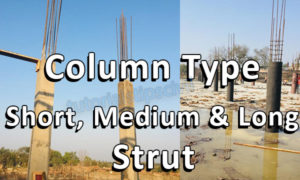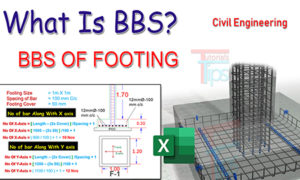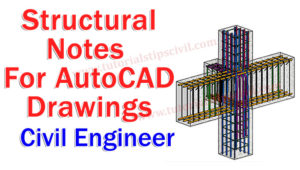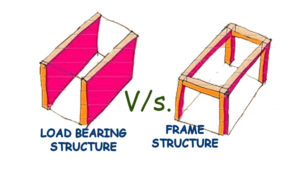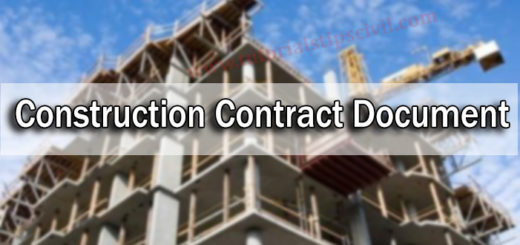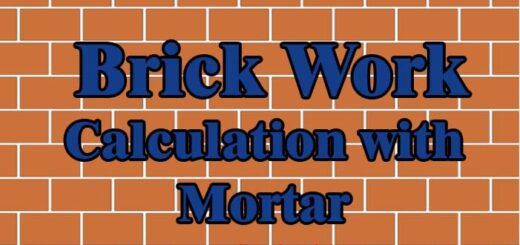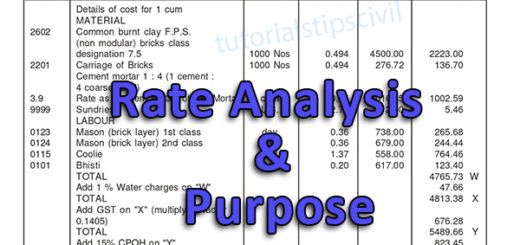Purpose of Estimation & Different Type of Estimate?
What is Estimation? & Purpose of Estimation.
The procedure of calculating the measures as per the authorized drawings and cost of various construction items i.e. excavation, concreting, plaster etc. is called an “estimate”.
Before initiating any construction work, the contractor or owner should have thorough knowledge of the amount of work which is to be done and its costing. For this purpose, it is very essential to have estimated quantity of work and total amount it is going to cost. Estimation helps us knowing the quantity of work, labour, materials and funds that will be required for the entire project thus enabling us to be prepared beforehand.
Purpose of Estimation:
- To have an idea of overall construction cost.
- Estimation for public construction is needed to have administrative approval, technical sanction and funds.
- For timely procurement of materials as per the estimated quantities.
- To make a construction programme and prepare schedule
- To set a deadline for various construction activities
- Determine requirement of tools, equipment and plants
- To arrange labour as per the work
- For inviting tenders and prepare bills
- To measure cost to benefit ratio.
- For an existing property, estimate is required for valuation.
These are the main Purpose of Estimation.
General Terminology Used in Estimation:
- Contingencies: It depicts incidental expenses of miscellaneous work which was not or could not be described in the estimation. Contingency amount is usually 3% to 5% of the estimated cost.
- Tools and Plants: For arranging tools, equipment and plants there is 1% to 1.5% of the estimated cost is kept.
- Work-Charged Establishment: Work-charged staff is temporarily hired for specific period of time. They can be terminated with a one-month notice period. Amount for this is usually 1.5% to 2% of the estimated cost.
- Departmental Charges: These are supervision charges for the work which is usually 10% to 15% of the estimated cost.
Different types of Estimates:
-
Preliminary/ Rough Estimate:
It is also known as abstract cost estimate or budget estimate. This estimate is usually prepared to know the rough cost of the project at initial stages of the project. This estimation is based on basic construction like wall, ceilings, lighting, flooring.
-
Plinth Area Estimate:
Estimate of plinth area is taken out on the basis of plinth area of the building. Plinth area is the area covered by the floor at ground. To obtain this estimate, the plinth area is multiplied by plinth area rate. Set back areas, open areas are not taken into account for plinth area.
-
Rate or Cubical Content Estimate:
Cube rate or cubical content estimate is based on volumetric measurement of the structure. This estimate is taken out by multiplying plinth area of the building with the height of the structure. This method is best suited for multi storied buildings. Heights of the foundation, parapet wall are not taken into account.
-
Approximate Quantity Estimate Method:
In the approximate quantity estimate method, wall lengths of the structure are measured and added. This total wall length is then multiplied with rate per running metre to give the cost of the structure.
-
Detailed Estimate or Item Rate Estimate:
Detailed estimate or item rate estimate is prepared once the preliminary estimates have been approved by concerned authority. This is the most accurate type of estimation because it evaluates each and every item separately. Then these particulars are multiplied with their corresponding costs to give a detailed estimate.
-
Revise Estimate:
Revised estimate needs to be prepared if detailed estimate exceeds original sanction value by 5%. The estimate is revised to catch any loopholes and modify them to meet the needs of standard guidelines.
-
Supplementary Estimate:
This estimate is prepared if some additional work has occurred on site that was not mentioned earlier in the original estimate. The estimate sheet thus contains amounts from both the estimates, i.e. Detailed estimate and Supplementary estimate.
-
Annual Repair or Maintenance Estimate:
Annual Repair or Maintenance estimate is prepared beforehand to know the maintenance or repair costs that will be needed in the long run. It may include estimates for Painting, white washing, any repairing etc.
Visit our ![]() Channel for more information on Estimate.
Channel for more information on Estimate.

